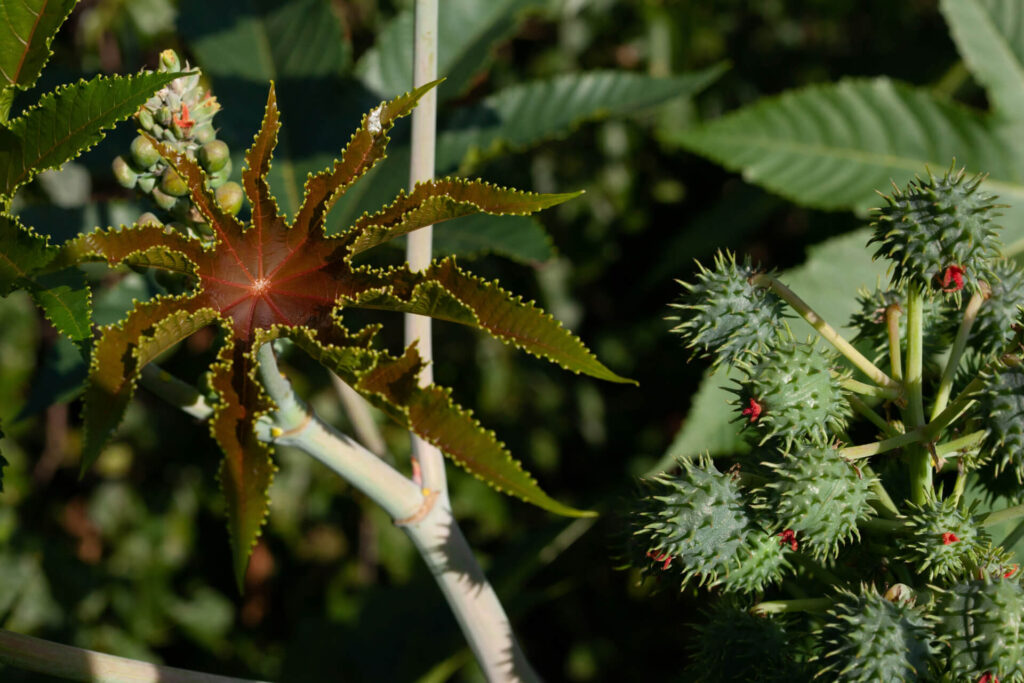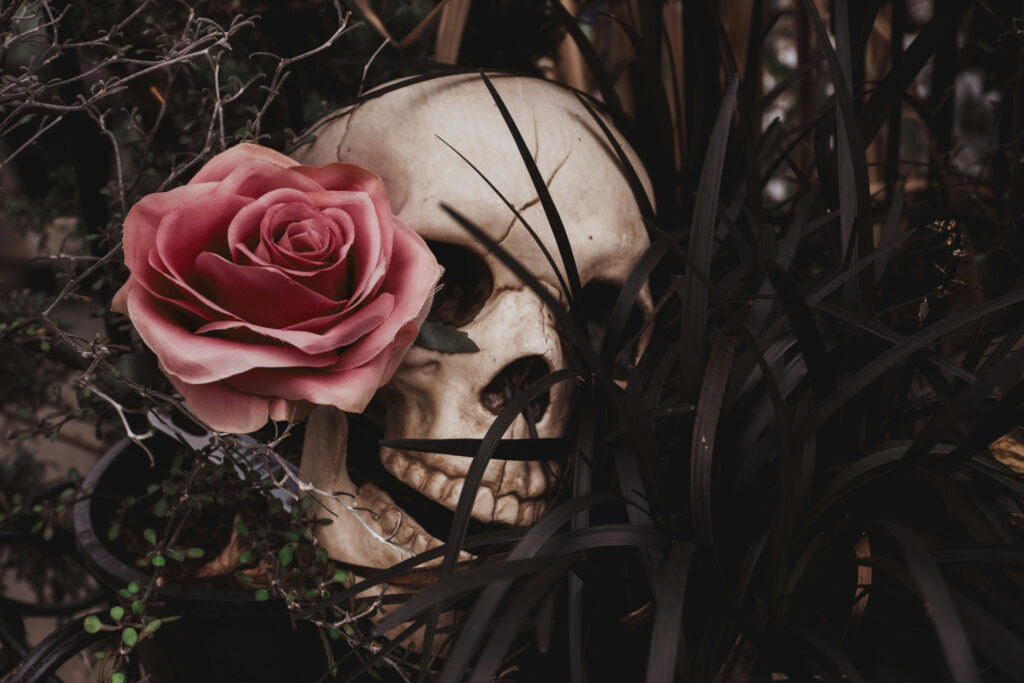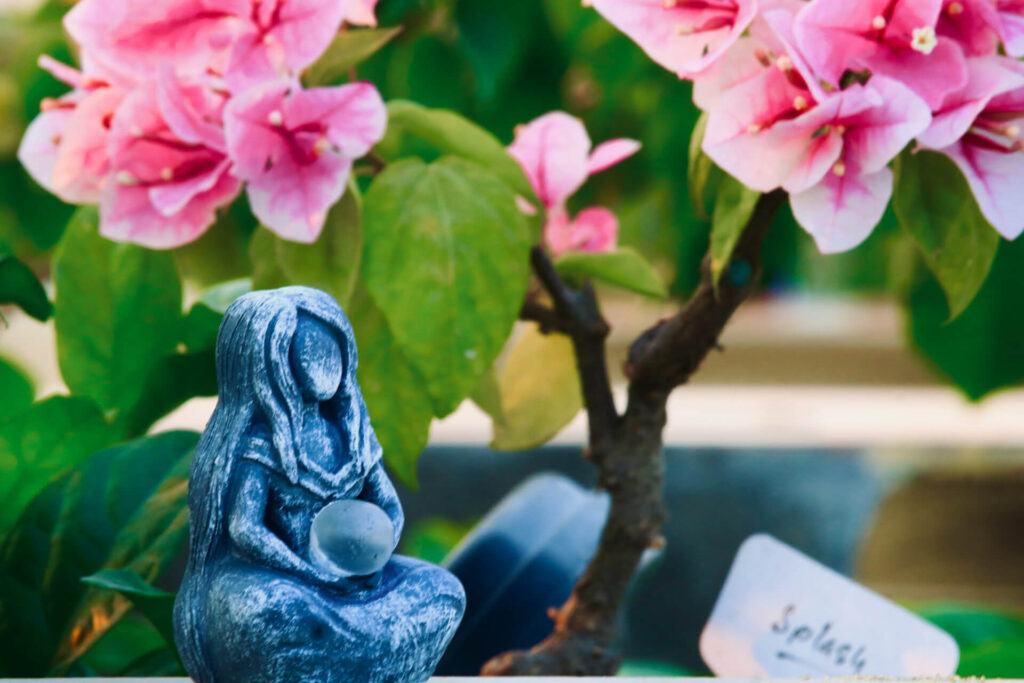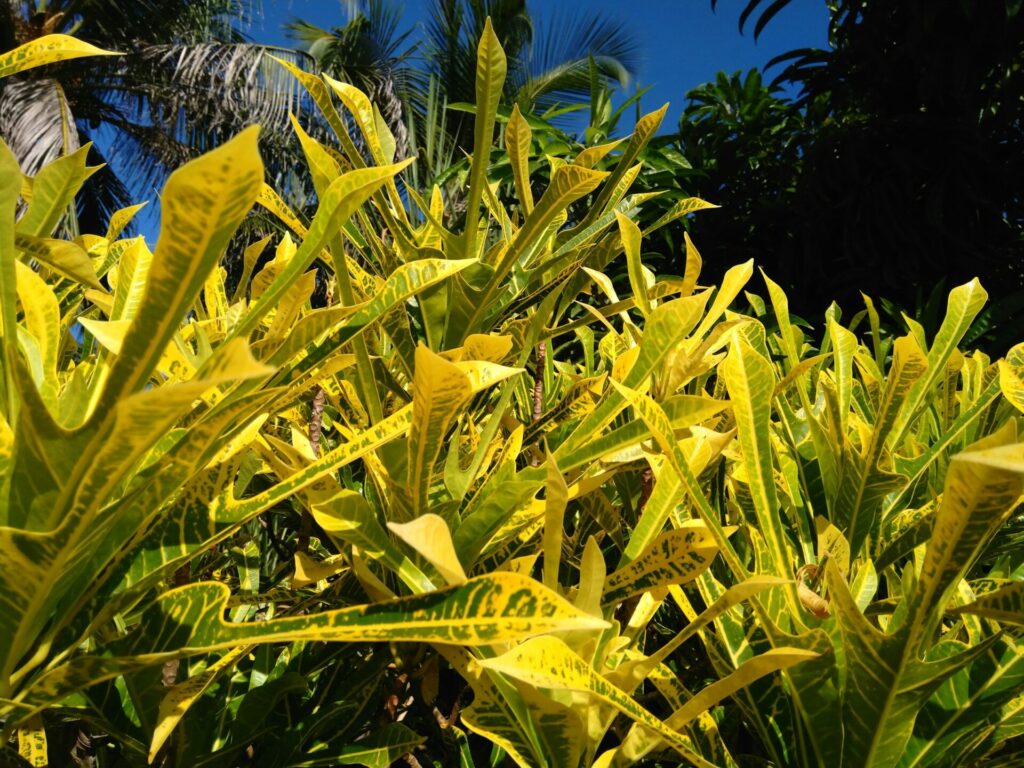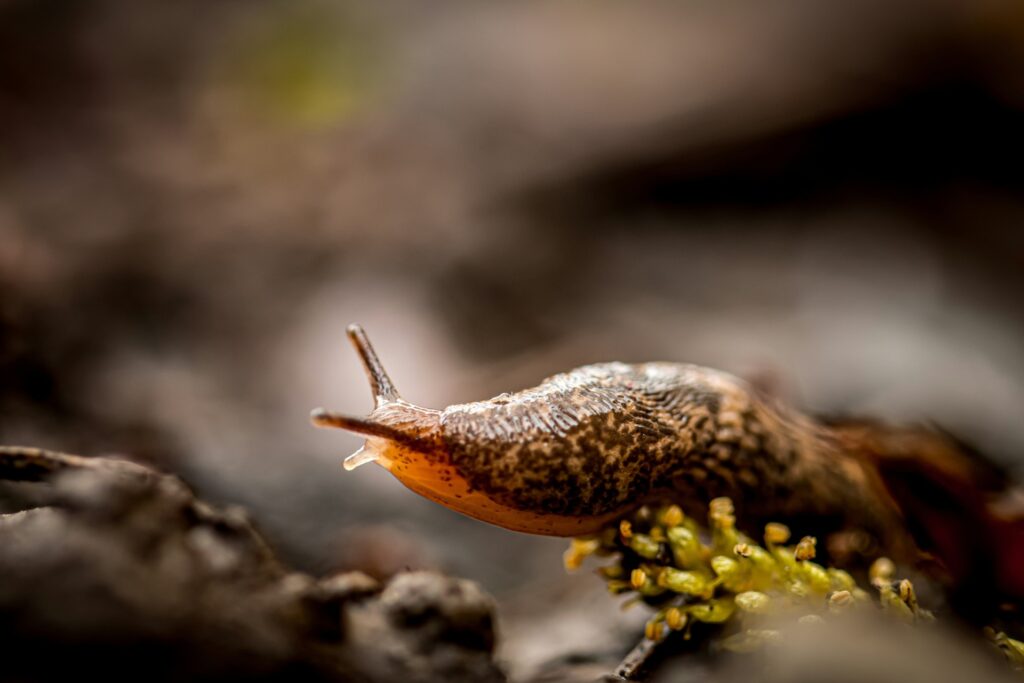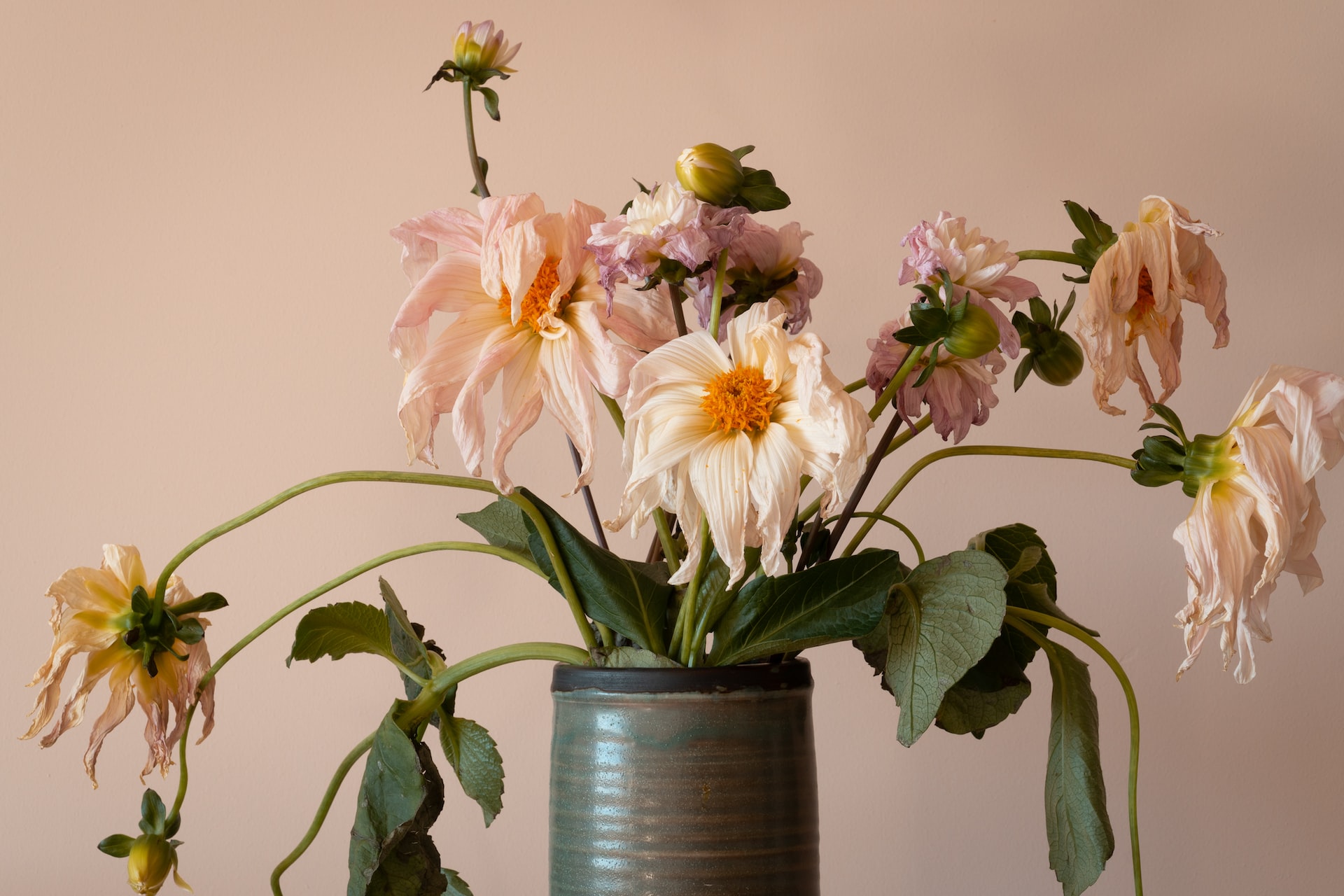
We are reader-supported. When you buy through links on our site, we may earn an affiliate commission.
Perhaps you’re not known for having a green thumb or are one of those who tend to love their plants to death — maybe even in a literal sense. It can be a real bummer to notice your plant looking sad and wilted, especially after you thought you were giving it the care and attention it needed. Fortunately, shriveled, falling leaves aren’t always a sign that a plant is gone for good.
What Causes a Plant to Die?
Plants don’t usually fail for no reason. Here are the main culprits.
Improper Watering
Too much or too little water is the number one reason plants decline. Overwatering drowns roots, while underwatering leaves them too brittle and unable to absorb nutrients.
Incorrect Light Exposure
Every plant has its own light needs. A low-light plant will scorch in direct sun, while a sun-loving plant will slowly fade in a dim corner.
Poor Soil Quality
Soil that’s depleted of nutrients or compacted over time makes it hard for roots to breathe and feed. Without healthy soil, even the toughest plants will struggle.
Temperature Stress
Extreme conditions, like cold drafts in winter or hot, dry air in summer, can shock plants and weaken their ability to recover.
Pests and Disease
Insects, fungi and bacterial infections drain energy, damage leaves and sometimes spread so quickly the plant can’t keep up.
Root Bound Conditions
When roots are cramped in a pot that’s too small, they circle tightly and strangle themselves. This limits water and nutrient intake, slowly starving the plant.
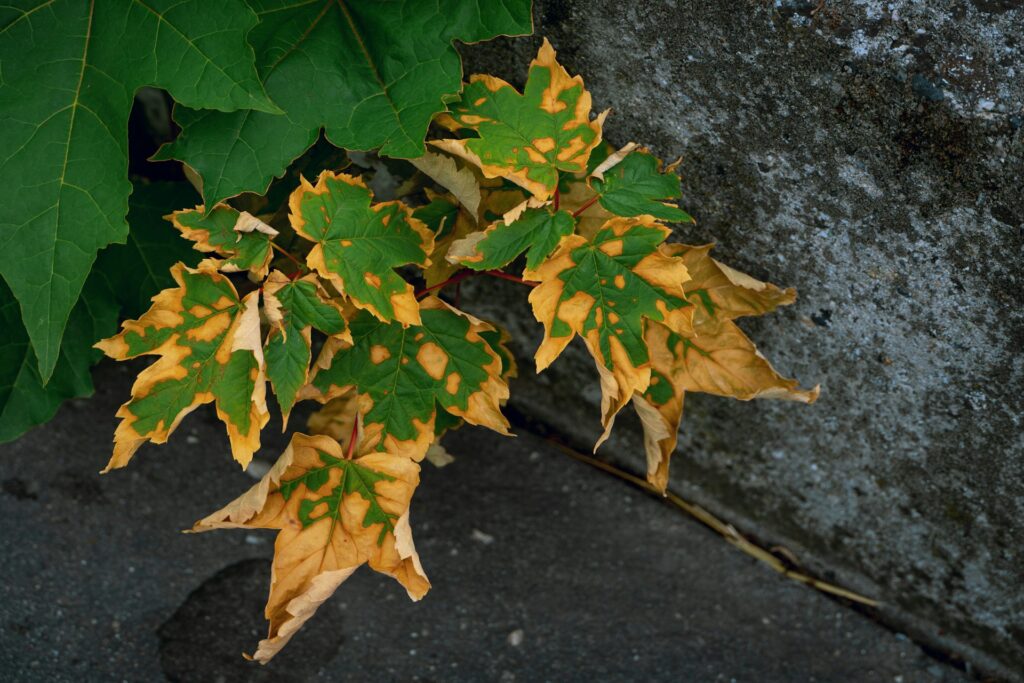
Warning Signs of a Dying Plant
Before a plant dies completely, it will show distress signals. Watch for these signs:
Yellowing Leaves
This is often one of the first signs something’s wrong. It can point to overwatering, poor drainage or a nutrient deficiency.
Brown or Crispy Edges
When leaves dry out at the tips and edges, it usually means the plant isn’t getting enough water or the air is too dry.
Weak or Wilting Stems
Mushy, blackened stems near the soil suggest root rot. Brittle stems that snap easily are a sign of prolonged dryness.
Wilting That Doesn’t Improve After Watering
If a plant stays limp even after a good soak, it often means the roots are damaged and can’t take up water.
Stunted Growth or Pale Foliage
Plants that stop putting out new leaves or look faded may be battling pests, nutrient deficiencies or disease.
Spots, Mold or Unusual Discoloration
Fungal and bacterial infections often show up as speckles, patches or powdery coatings on leaves and stems.
Heavy Pot With a Sour Smell
When soil smells foul and the pot feels oddly heavy, waterlogging and root rot are usually to blame.
5 Steps to Revive a Dying Plant
Before giving up, remember that plants are resilient. With the right care, many can bounce back even after looking hopeless. Here are five tricks for reviving a dying plant.
1. Evaluate Its Appearance
Determining whether a plant is dead or alive is challenging. After all, it’s not as if you can check for a pulse. You must rely on a plant’s appearance to tell you what’s the matter — and there could be a lot it’s trying to say to you.
For example, brown curling leaves might be concerning, but as long as the stems are still sturdy and strong, there’s a chance of survival. The same can be said for a plant’s root system, in which soft and brittle roots indicate your plant is, in fact, dead.
The leaves can also suggest unsuitable conditions that are easily adjustable, such as yellow, falling leaves that might be a sign of overwatering or underwatering.
Beginner gardeners often find it hard to create the optimum watering schedule. Yet, watering too frequently drowns the roots and makes them unable to absorb water and nutrients, risking rot.
On the other hand, browning edges could mean too much nitrogen in the soil — a common occurrence if you over-fertilize.
Other times, your plants might be perennials, meaning they’ll go dormant to protect themselves during the colder months. Some perennial plants require pruning back old foliage to ensure healthy growth in the spring, but you should first research care instructions for individual plants.
2. Consider Drainage
If your plant is in a pot with no drainage, that could be contributing to it being waterlogged. Consider transferring your plant to a self-watering planter instead.
Self-watering containers come in various sizes and colors and can even be a DIY project to make at home. These highly-efficient flower pots come with a water storage compartment at the bottom that you can fill with water.
Additionally, an overflow hole empties any excess water while the soil gradually soaks up the moisture through the roots. This helps prevent fungus and disease by keeping the leaves dry and feeding the source directly.
You should also opt for a fast-draining soil mix if you decide to repot the plant. Fast-draining potting soil uses various organic matter to make the soil more airy and porous.
3. Optimize Lighting
Even low-light indoor plants require some sunshine. Look at your plant’s current lighting situation. Did you recently hang heavy drapes or plant a shading tree outside? Maybe you relocated the plant to a different room? Reviving a dying plant could simply mean sticking it in a sunny window for a few hours.
You can make similar lighting adjustments for plants with too much sun. Either move the plant to a shadier spot or slide an outdoor potted plant out of direct sunlight. This could also benefit plant survivability if you live in a region with scorching hot summers.
4. Adjust the Temperature
Cacti or succulents will probably do fine near a vent or fan, but other species may not. Like people, plants prefer a comfortable temperature that isn’t too cold or hot. Since they also absorb water through their leaves, humidity should be a factor.
Ideally, your home should have between 40% and 50% humidity for indoor plants to thrive. The New York Botanical Gardens also recommends setting the thermostat between 65° and 75° Fahrenheit during the day and 55 to 65°F overnight.
To increase the humidity enough to bring your plants back to life, you can mist them with a spray bottle or add a humidifier to the room.
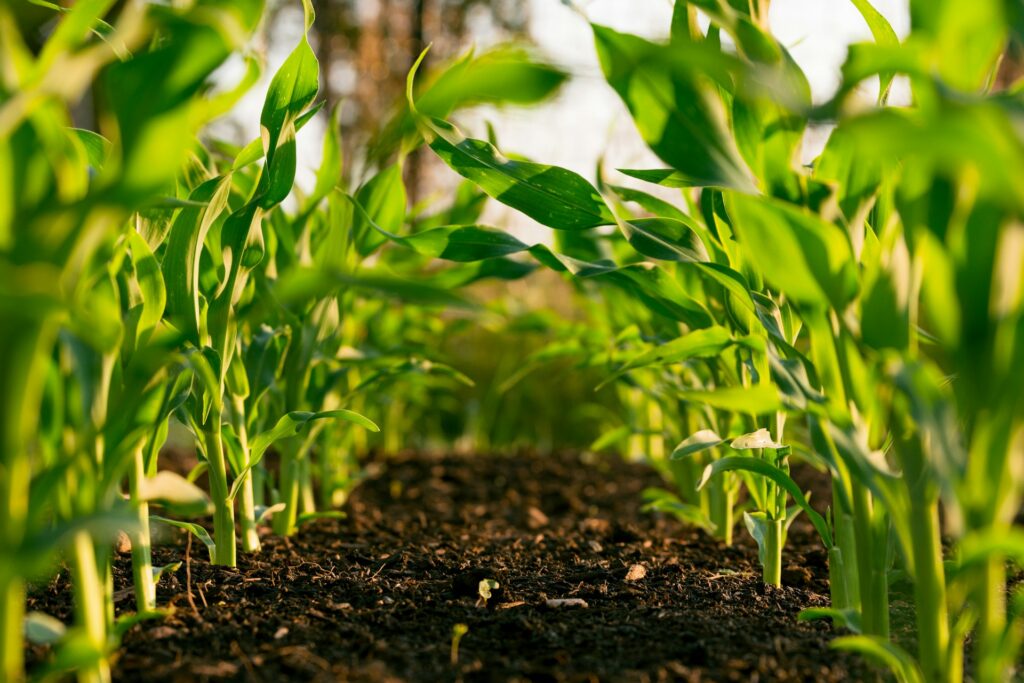
5. Boost Nutrition
Plants require plenty of macronutrients — nitrogen, phosphorus and potassium — for nourishment and development. For example, green leaves and sturdy stems result from nitrogen, while phosphorus is essential for flower blooms and a robust root system. Potassium is also critical in preventing disease and withstanding drought, particularly in fruit trees.
You might need to fertilize your plants to revive them. However, you should do this carefully to avoid burning the plants and worsening their conditions.
Fertilization should be a last resort, only applied after you’ve brought sick plants back. You can choose from two fertilizer options — time-release and water-soluble. Forgetful people with busy schedules might benefit from using time-release fertilizers, while others might prefer using water-soluble fertilizers to avoid potential burning.
How to Tell if a Plant Is Salvagable
Before putting in the effort to revive a dying plant, it’s important to figure out if it still has a chance. Some plants can bounce back with proper care, while others are simply too far gone. Here’s how to assess.
Check the Stems
Gently scratch the surface of a stem with your fingernail. If you see green underneath, the plant is still alive. Brown, brittle stems throughout usually mean it’s past saving.
Inspect the Roots
Carefully remove the plant from its pot or check near the soil line. Healthy roots are firm and white or light tan. Black, mushy roots signal rot, while completely dry and shriveled roots indicate the plant has died.
Look for New Growth
Tiny buds, fresh shoots or even a few healthy leaves are promising signs. If the plant hasn’t produced any new growth for weeks, despite care, it may not recover.
Evaluate the Extent of Damage
You can often revive a plant with some yellowing or a few dead leaves. However, if the majority of foliage is gone, stems collapse easily and the roots are compromised, it’s usually better to let it go.
Don’t Stress Over a Dying Plant
Reviving your dying plants might require one or more methods until you get the hang of gardening like the experts. However, don’t beat yourself if your plant dies. Sometimes your best option is to start fresh with a new plant, keeping these revival techniques in mind just in case.
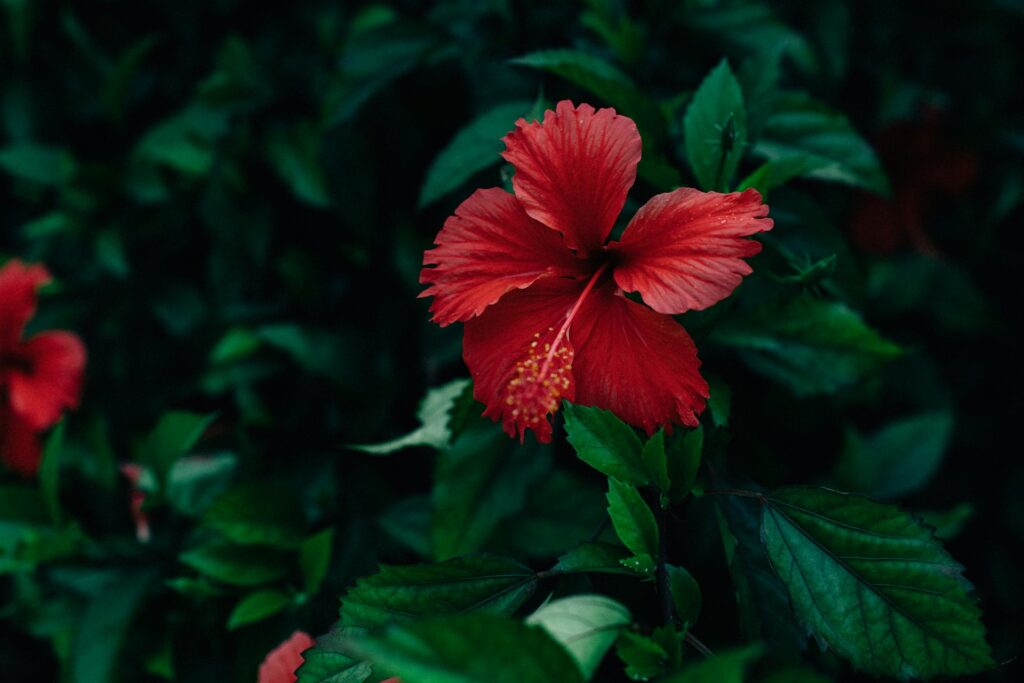
FAQ
How to Revive a Dying Sunflower Plant
Sunflowers are hardy, but they’re sensitive to water stress. If the leaves are drooping, start by checking soil moisture. Water deeply if it’s dry, but improve drainage if the soil is soggy. Cut away any yellow or dead leaves to redirect energy to healthier growth. Make sure the plant gets at least 6-8 hours of direct sunlight each day. If it’s in a pot, consider moving it outside or repotting into fresh soil.
How to Revive a Dying Hibiscus Plant
Hibiscus plants thrive in warm, sunny conditions but can quickly decline if overwatered or kept too cold. Trim back any dead branches to encourage new growth. Check the roots. If they’re crowded, repot into a slightly large container with well-draining soil. Water consistently, keeping the soil moist but not soggy. Place it in a pot with bright, indirect light and keep it with a balanced fertilizer during the growing season to restore vibrancy.
How to Revive a Dying Wandering Jew Plant
Wandering Jew plants (Tradescantia) are forgiving, but they show stress quickly if you neglect them. If the stems are leggy or leaves are dull, prune them back to encourage fresh, bushy growth. Make sure the plant is in bright, indirect light. Too little light causes fading and too much burns the leaves. Water when the top inch of soil feels dry, but don’t let the roots sit in water. If the plant looks thin, take cuttings from healthy stems and replant them in the same pot to thicken it up.
Original Publish Date 2/16/2023 — Updated 10/2/2025


